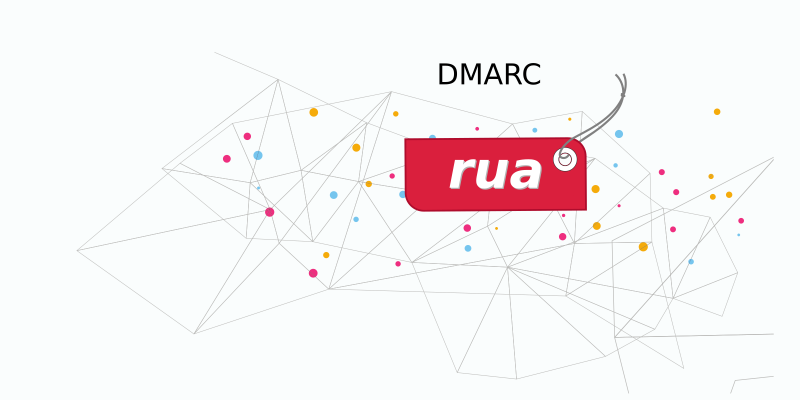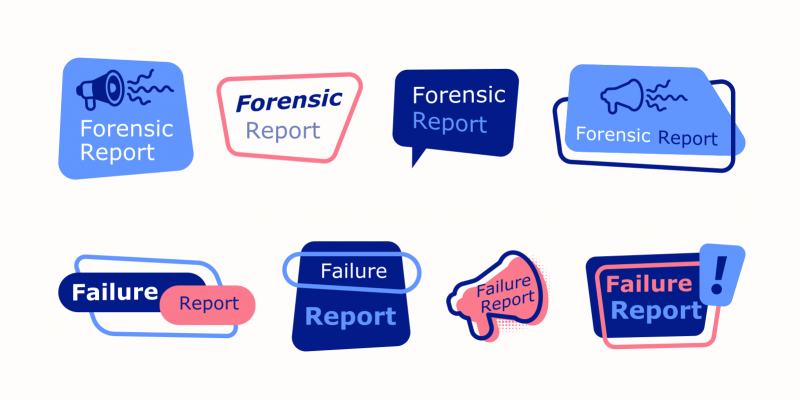
What is rua in DMARC, and what role does it play in a typical DMARC implementation? In this post, I'll explain what rua is and how it works.
Before we dive right into that, let's take a look at these DMARC concepts: DMARC record and DMARC tag…

As DMARC forensic (failure) reports leak Personally Identifiable Information (PII), many mainstream ESP's don't send forensic reports nowadays. As a result, you won't see any forensic reports in the DMARCLY dashboard if no emails are sent to any ESP that supports DMARC forensic reports…

This article shows how to set up email authentication on your email streams using DMARC data, with actionable steps.
What is an email stream?An email stream is the route a group of emails take from the source to the receiver, on behalf of a domain…

Can you have multiple DMARC records on a single domain? The answer is no: a domain MUST NOT have multiple DMARC records, otherwise DMARC processing fails to function on that domain.
A DMARC record is a TXT record in the DNS starting exactly with "v=DMARC1", followed by a list of DMARC tags…

We will cover a lesser discussed DMARC topic in this article: how does DMARC work in subdomain scenarios?
Specifically, we will address these questions below:
how DMARC policy discovery works? how DMARC policy inheritance works? should one use the sp tag to protect subdomains?Before divin…

DMARC failure reports are generated and sent almost immediately by the mailbox provider after an email fails DMARC authentication. It provides detailed information about the email message so that the domain administrator can use it to investigate into what caused th…
